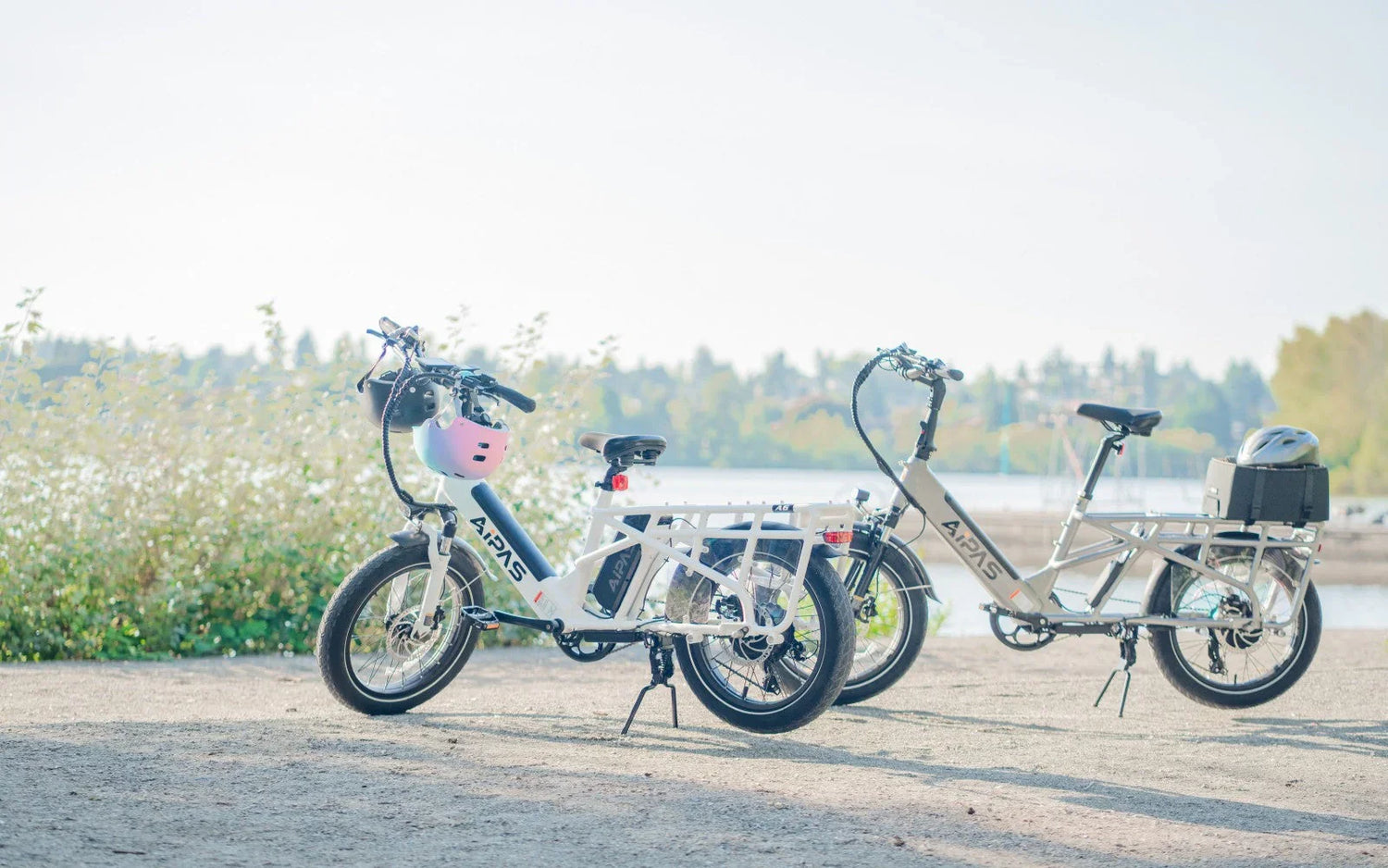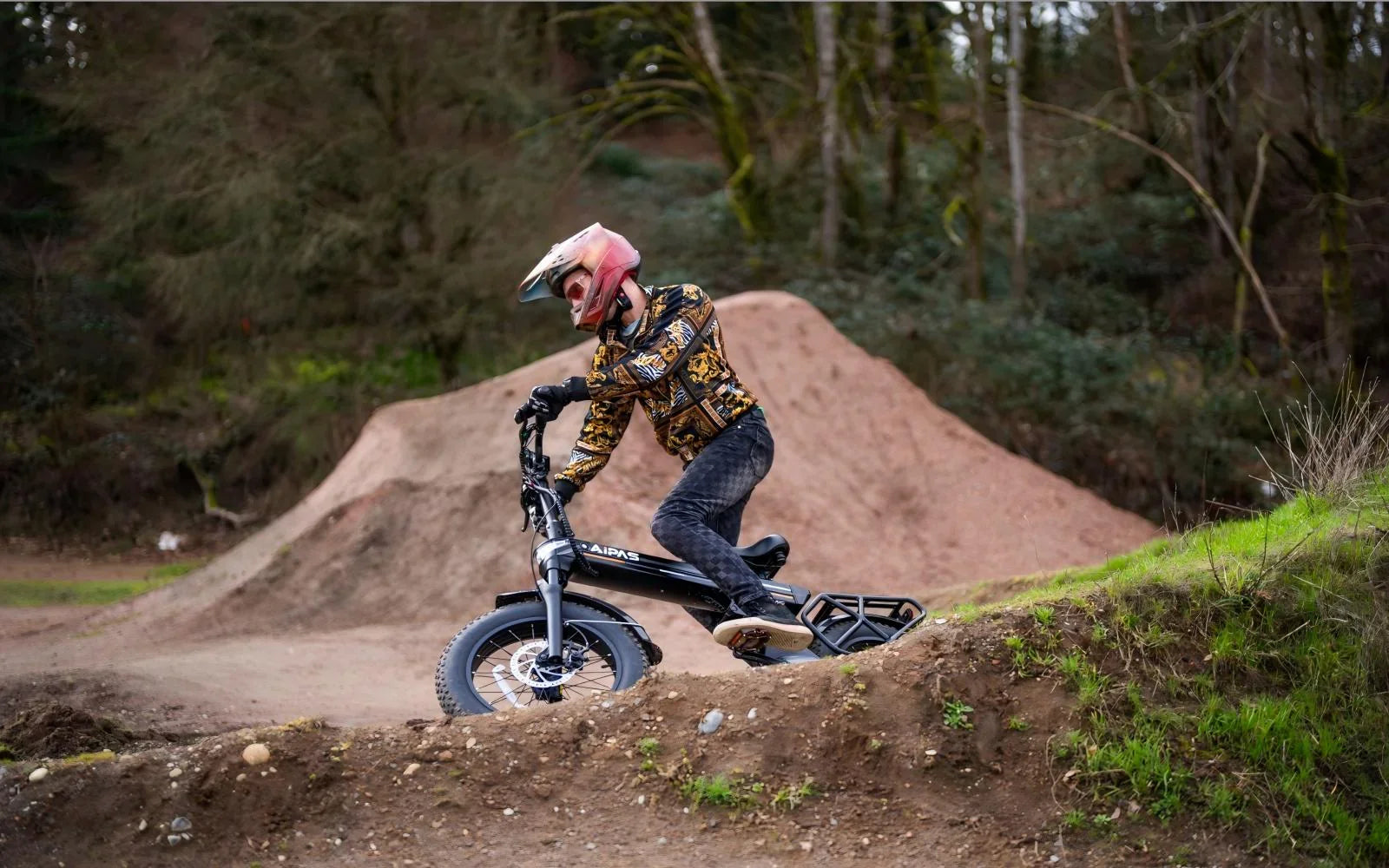Introduction:
Thinking about buying an electric bike but unsure whether you need a license to ride one? Don’t worry—we’re here to help clear things up.
First things first, whether your e-bike is road-legal depends on how it’s classified. In the U.S., most states follow a three-class system to categorize electric bikes. Let’s take a closer look.
Understanding the E-Bike Classes
E-bike regulations vary by state, but the three-tier classification system is widely adopted:
- Class 1 e-bikes have a motor that provides assistance only when you pedal, and it stops assisting once you reach 20 mph.
- Class 2 e-bikes also provide motor assistance up to 20 mph, but they include a throttle, meaning you can ride without pedaling.
- Class 3 e-bikes provide pedal-assisted support up to 28 mph. Some states require a license for Class 3 bikes, while others do not.
Different countries and regions have their own laws regarding e-bikes, so whether you need a license can depend on local regulations. In many areas, pedal-assist e-bikes with a top speed of 20–28 mph (32–45 km/h) are treated like traditional bicycles and do not require a license. However, faster or more powerful e-bikes may require licensing or registration.Let's Look at the Laws in the 4 Most Populated States
California
California is the most populated state in the U.S., and e-bikes are a common sight. The state uses the three-class system and does not require a license for any class of electric bike. However, Class 3 e-bikes come with additional rules:
- Riders must be at least 16 years old
- Helmets are mandatory
- No passengers allowed
- Class 3 bikes may only be ridden in bike lanes if local laws permit
Electric bikes cannot be used on highways or freeways where signs prohibit their use. All e-bikes must have operable pedals and motors not exceeding 750 watts. Riders of mopeds or motor-driven cycles must wear a helmet that meets U.S. DOT safety standards.
Texas
Great news for Texans: you do not need a license to ride an electric bike in Texas! Whether you're cruising through cities or the countryside, you’re free to ride without special permits.
Texas follows the same three-class system. Like regular bicycles, e-bikes are not allowed on roads with speed limits over 45 mph. Also, most cities prohibit riding e-bikes on sidewalks, although local ordinances may make exceptions—check with your city for specifics.
Riders under 18 must wear a helmet. For those 18 and older, helmets aren’t required but are highly recommended for safety.
E-bike riders must obey the same traffic laws as drivers, including stopping at stop signs, yielding to pedestrians, and signaling when turning or changing lanes.
Florida
Florida also uses the same three-class system. In Florida, e-bikes are classified as bicycles, meaning no license or registration is needed.
E-bikes are generally allowed on roads but may be restricted from certain highways or expressways. Always look out for signs that prohibit their use in certain areas.
According to the Florida DMV, e-bike riders have the same rights and responsibilities as traditional cyclists. Riders do not need a license, and e-bikes do not need to be registered.
Riders must obey standard traffic laws—using hand signals, following traffic lights, and yielding to pedestrians. Riding on sidewalks is generally prohibited unless local regulations allow it. Helmets and reflective clothing are strongly encouraged, especially at night.
Age Restrictions in Florida:
There’s no minimum age to ride an e-bike, but riders under 16 must wear a helmet. E-bikes that exceed 20 mph cannot be operated by riders under 16.
New York
Last but not least: New York.
In New York State, you do not need a license to ride Class 1 or Class 2 e-bikes on public roads or bike lanes. However, if you ride a Class 3 e-bike, you’ll need a valid driver's license or a motorcycle/moped endorsement.
Additional Rules in New York:
All e-bikes must have a bell or horn audible from at least 100 feet. Riders must follow all traffic laws, including obeying speed limits and traffic lights.
Are E-Bikes Allowed on Highways in NY?
No. E-bikes are considered “micromobility devices” and are not allowed on highways unless they have designated bike lanes or paths.
States That Require a License for E-Bikes
While many states don’t require a license, the following states do require a driver’s license to operate certain electric bikes:
- Alabama
- Alaska
- Connecticut
- Hawaii
- Louisiana
- Massachusetts
- Missouri
- New Jersey
- New Mexico
- North Dakota
- West Virginia
- Wisconsin
Conclusion
In short, e-bike laws vary from state to state. It’s crucial to understand your local regulations. In some states, like New York, a license is required for certain types of e-bikes. In others, like Florida and California, most e-bikes are treated just like regular bicycles.
Wherever you ride, always follow your state’s traffic laws—not just to avoid fines, but to keep yourself and others safe. This includes wearing a helmet, using hand signals, and staying off restricted roads or sidewalks.
By staying informed and riding responsibly, you can enjoy the freedom and fun of an Aipas e-bike while ensuring safety for yourself and others.
All Aipas electric bikes are shipped in Class 2 mode by default, meaning you can legally ride them in 99% of the U.S. However, if you choose to unlock the speed limit, your bike will be reclassified as a Class 3 e-bike.





Leave a comment
All comments are moderated before being published.
This site is protected by hCaptcha and the hCaptcha Privacy Policy and Terms of Service apply.